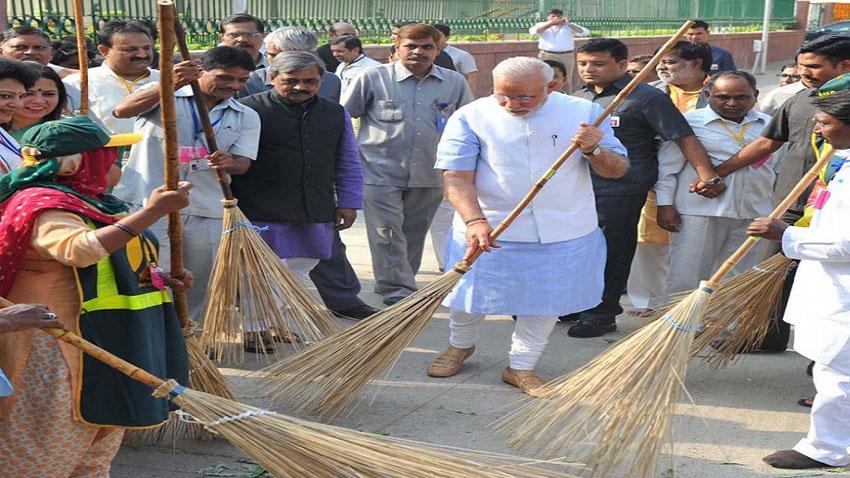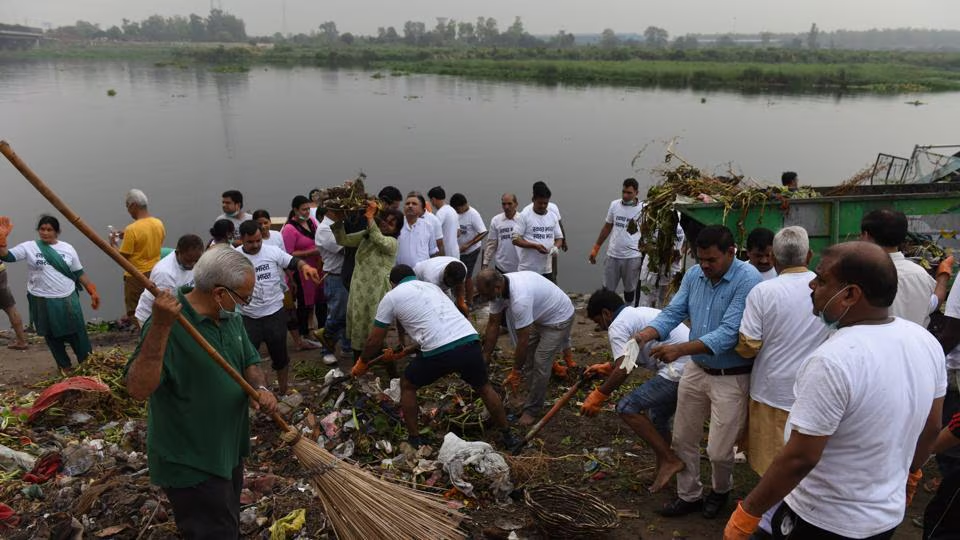
The Swachh Bharat Mission (SBM), launched by the Government of India in 2014, primarily aimed to improve sanitation and cleanliness across the country. However, its impact extends beyond just hygiene; it is also transforming water storage practices in India, promoting sustainable and efficient use of water resources.
Understanding the Link Between Sanitation and Water Storage
Sanitation and water management are intricately linked. Poor sanitation can lead to contamination of water sources, affecting public health. Recognizing this connection, the Swachh Bharat Mission emphasizes not only the construction of toilets and waste management but also the need for clean water storage systems. By addressing sanitation, the mission indirectly encourages better water storage practices, ensuring that clean water remains uncontaminated and accessible.
Promoting Rainwater Harvesting
One of the key initiatives under the Swachh Bharat Mission is the promotion of rainwater harvesting. This practice is particularly relevant in regions facing water scarcity. By encouraging households and communities to collect and store rainwater, the mission helps create sustainable water sources. This not only reduces dependence on traditional water supply systems but also mitigates the impact of erratic monsoon patterns caused by climate change.
Community Engagement and Education
The SBM recognizes that behavioral change is crucial for the success of any initiative. To this end, it has implemented extensive awareness campaigns that educate communities about the importance of proper water storage practices. Workshops and training sessions teach households how to construct and maintain rainwater harvesting systems, ensuring that communities can harness this resource effectively.
Innovations in Water Storage Technologies
The Swachh Bharat Mission has also spurred innovations in water storage technologies. Organizations and NGOs working in tandem with the government are developing low-cost, efficient storage solutions. For instance, the use of bio-sand filters and water purification systems has gained traction, allowing communities to store clean, potable water safely. These innovations not only improve water quality but also encourage the adoption of sustainable practices.

Integration with Other Government Programs
The Swachh Bharat Mission is part of a broader set of government initiatives aimed at enhancing rural and urban infrastructure. Programs like the Pradhan Mantri Awas Yojana (PMAY) and the National Rural Livelihood Mission (NRLM) complement SBM’s objectives by improving housing and livelihoods, respectively. This integrated approach ensures that water storage practices are enhanced within the framework of overall community development, fostering a holistic improvement in living standards.
Impact on Rural Communities
In rural areas, where access to clean water has traditionally been a challenge, the Swachh Bharat Mission is making a significant difference. Communities are being empowered to take charge of their water resources, leading to improved health outcomes and quality of life. With better storage practices, the risk of waterborne diseases diminishes, and families are better equipped to manage water for various uses, including agriculture.
Conclusion
The Swachh Bharat Mission is more than just a sanitation initiative; it is a transformative force in India’s approach to water storage and management. By integrating water storage practices with sanitation efforts, promoting rainwater harvesting, and fostering community engagement, the mission is paving the way for a more sustainable and healthier future. As India continues to grapple with water scarcity and pollution, the lessons learned from SBM will be vital in shaping the country’s water management strategies in the years to come.


